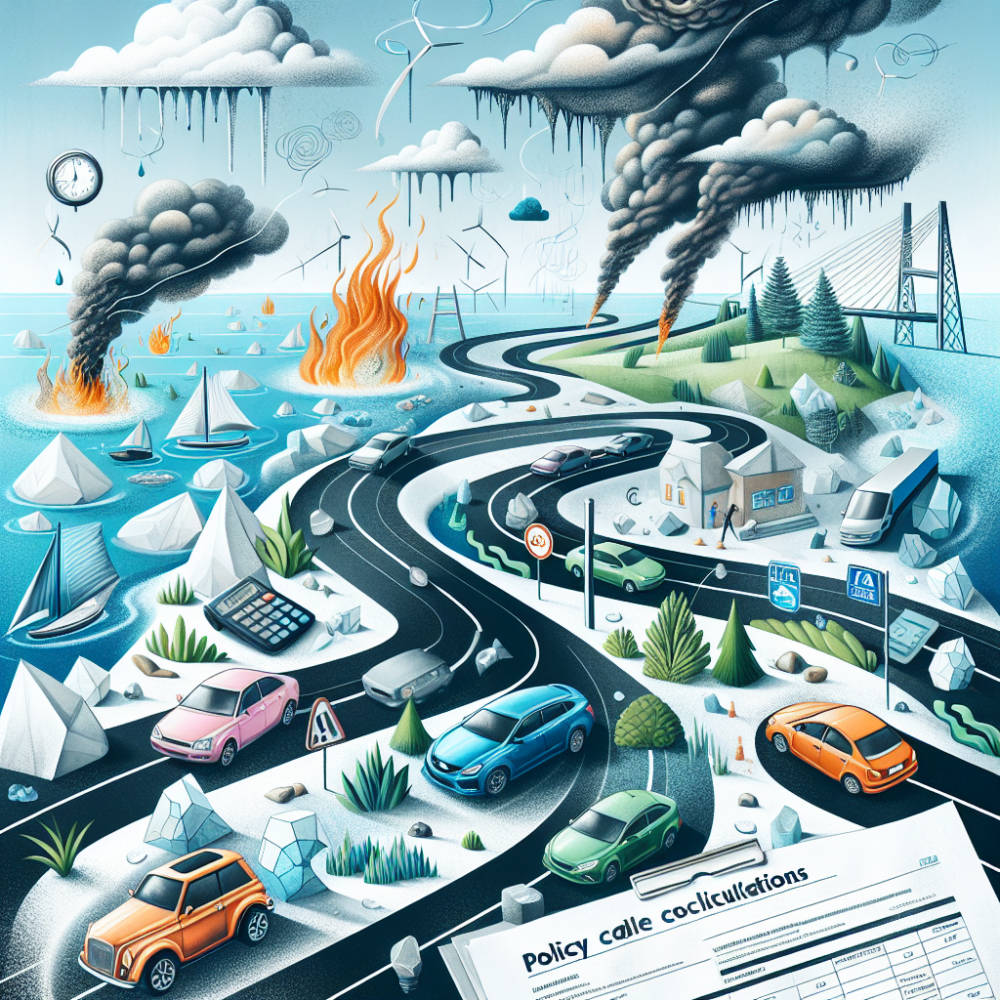How Climate Change is Reshaping Car Insurance Dynamics

Posted on: Saturday, March 2nd, 2024
The relationship between climate change and car insurance is becoming increasingly significant as extreme weather events become more frequent and severe. Insurers are grappling with the heightened risk of natural disasters, which directly impacts the cost and availability of car insurance. This shift is leading to higher premiums for consumers and more stringent policy conditions. Understanding these changes is crucial for car owners to navigate the evolving insurance landscape and safeguard their assets against the unpredicted impacts of global warming.
Top 10 Ways Climate Change is Influencing Car Insurance
1. Rising Premiums: With the increase in claims related to natural disasters, insurance companies are forced to raise their premiums to cover the heightened risk, making car insurance more expensive for the average consumer.
2. Changing Coverage Terms: Insurers are modifying their policies to include or exclude certain types of damage caused by extreme weather, leading to a shift in what is covered under standard car insurance policies.
3. Geographic Risk Assessment: The location of a vehicle is becoming a more critical factor in determining insurance rates, with areas prone to severe weather events seeing higher premiums.
4. Increased Deductibles: Some insurers are increasing deductibles for claims related to climate change-related events, transferring a larger portion of the risk to the car owner.
5. Enhanced Risk Modeling: Insurance companies are utilizing advanced climate modeling techniques to predict the likelihood and severity of future weather events, influencing policy pricing and terms.
6. Investment in Green Technologies: To encourage the adoption of more sustainable practices, some insurers are offering discounts or incentives for cars with lower carbon footprints or those using alternative fuels.
7. Focus on Prevention: There's a growing emphasis on preventative measures, with insurers providing resources or discounts for car owners who take steps to protect their vehicles from potential climate-induced damage.
8. Shift towards Usage-Based Insurance: The unpredictability of climate change effects is pushing some insurers to offer usage-based insurance, where premiums are determined by how much and how safely one drives, mitigating some climate-related risks.
9. Increased Claims Processing Time: The surge in claims following major weather events can overwhelm insurers, leading to delays in processing claims and compensating car owners.
10. Industry Financial Stability: The cumulative impact of frequent and severe weather-related claims is putting financial pressure on the insurance industry, potentially affecting its long-term stability and capacity to cover claims.
Navigating the changing landscape of car insurance in the face of climate change requires staying informed and being proactive about the choices you make. By understanding these dynamics, car owners can better protect themselves against the financial impacts of global warming and contribute to a more sustainable future.